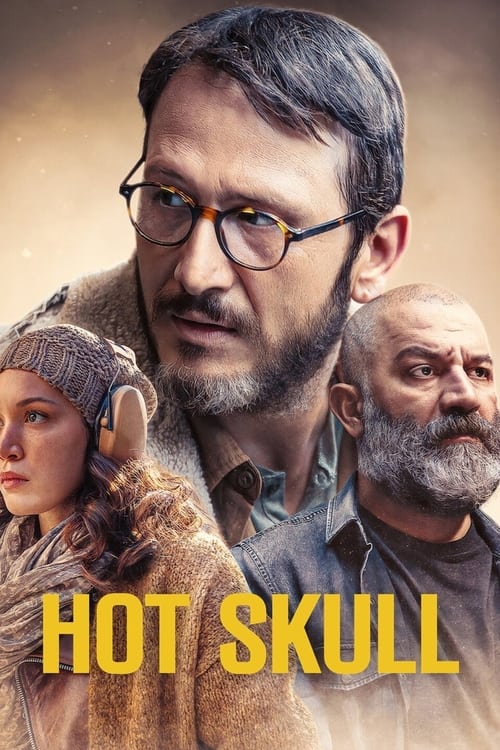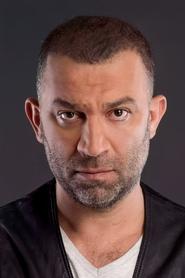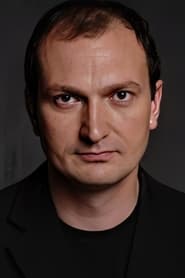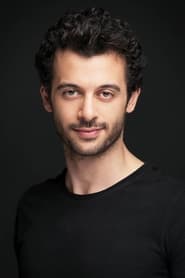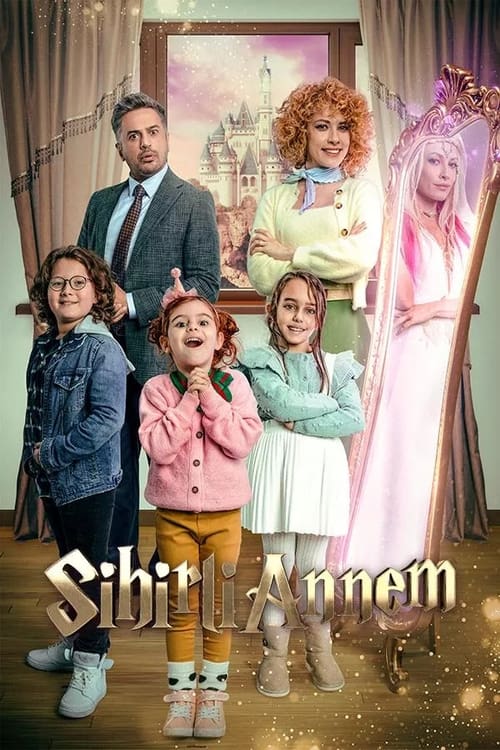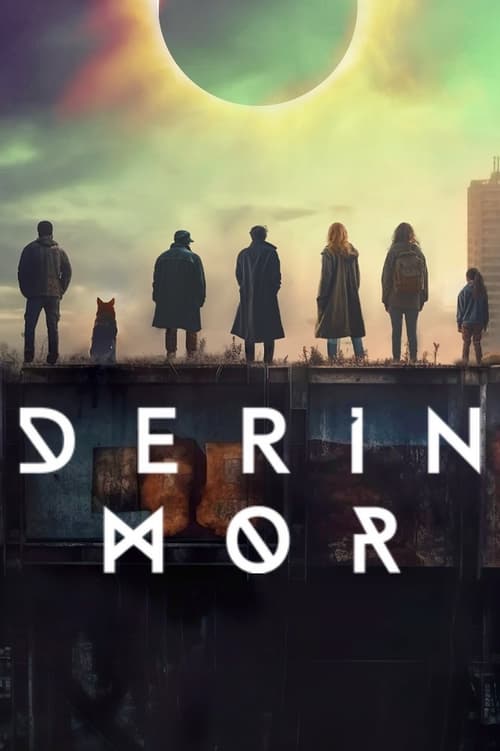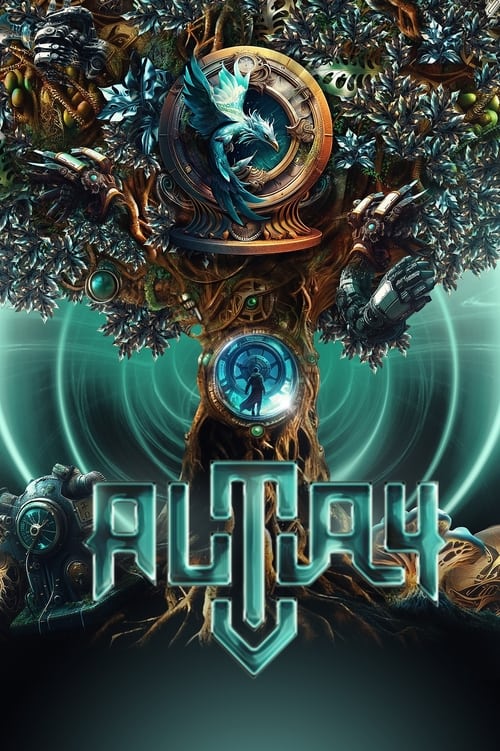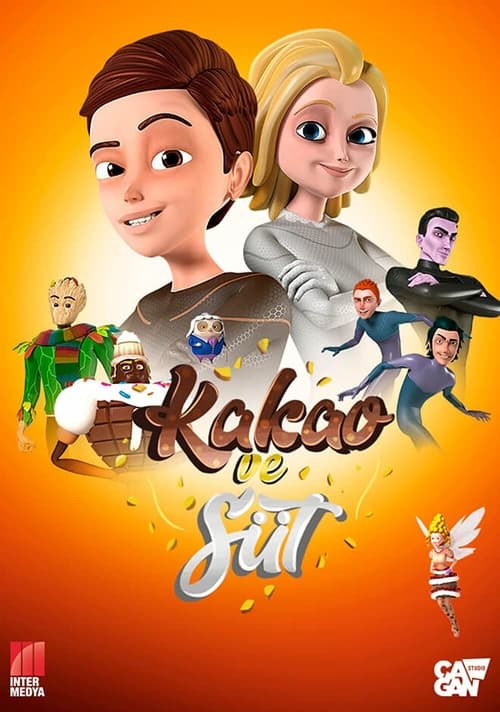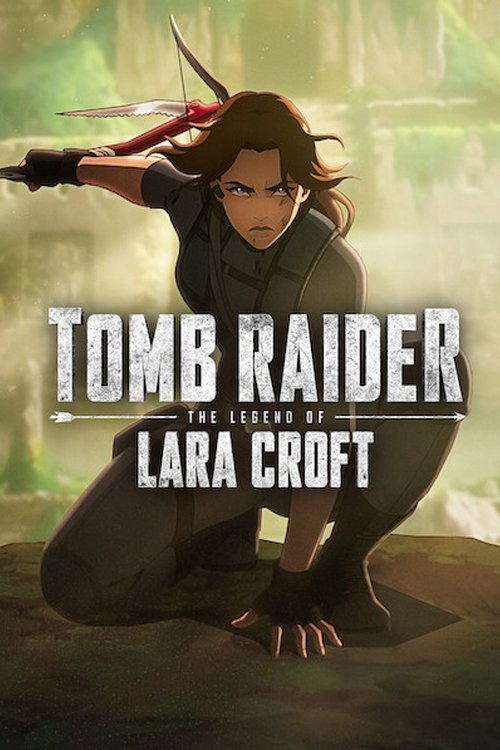
Ask Your Own Question
What is the plot?
In a dystopian future, a deadly virus known as "The Whisper" spreads across the globe, causing those infected to lose their ability to communicate verbally. The protagonist, Murat, is a man who has been immune to the virus, which makes him a target in a world where the infected are quarantined and treated as pariahs. The story begins with Murat living in hiding, trying to avoid detection by the authorities who are hunting for uninfected individuals to exploit for their immunity.
Murat's life takes a turn when he encounters a group of rebels who are fighting against the oppressive regime that has emerged in the wake of the virus. They are led by a fierce woman named Zeynep, who believes that Murat's immunity could be the key to finding a cure. Initially reluctant to join their cause, Murat is drawn in by Zeynep's passion and the camaraderie of the group. He decides to help them, motivated by a desire to protect those he cares about and to find a way to end the suffering caused by the virus.
As Murat integrates into the rebel group, he learns more about their mission to infiltrate a government facility that holds vital information about the virus and potential cures. The group plans a daring raid on the facility, and Murat's unique immunity becomes a crucial asset. They execute the plan under the cover of night, using stealth and strategy to bypass security measures. During the raid, they encounter unexpected resistance from government forces, leading to a tense standoff. Murat's quick thinking and ability to remain calm under pressure help them navigate through the chaos, but not without casualties.
After successfully obtaining the information, the group discovers that the government has been conducting unethical experiments on the infected, trying to weaponize the virus. This revelation deepens Murat's resolve to fight against the regime. However, tensions rise within the group as differing opinions on how to proceed emerge. Some members advocate for a more aggressive approach, while others, including Murat, push for a strategy that prioritizes saving lives over revenge.
As they regroup, Murat and Zeynep develop a deeper bond, sharing their fears and hopes for the future. This emotional connection strengthens Murat's commitment to the cause, but it also complicates his decisions as he grapples with the weight of leadership and the lives of his comrades. The group faces betrayal from within, as one member, driven by fear and desperation, reveals their location to the authorities, leading to a brutal confrontation.
In the ensuing chaos, Murat and Zeynep manage to escape, but not without losing several members of their team. They regroup with the remaining rebels and devise a plan to expose the government's actions to the public. Murat's immunity becomes a symbol of hope, and he steps into a leadership role, rallying the remaining rebels to take a stand against the regime.
The climax of the story unfolds as they launch a coordinated attack on a government broadcast station, aiming to reveal the truth about the virus and the government's experiments. The operation is fraught with danger, and as they fight their way through armed guards, Murat's determination is tested. He faces off against a key antagonist, a ruthless government official who embodies the oppressive regime. Their confrontation is intense, filled with physical combat and emotional stakes, as Murat fights not just for his life but for the future of humanity.
In the final moments, Murat manages to defeat the antagonist, but not without sustaining serious injuries. As he broadcasts the truth to the world, he reflects on the sacrifices made by his friends and the cost of their fight. The series ends on a hopeful note, with the public beginning to rise against the regime, inspired by Murat's bravery and the revelations of the government's atrocities. The final scene shows Murat, battered but resolute, standing alongside Zeynep as they look towards a future filled with uncertainty but also the possibility of change.
What is the ending?
In the ending of "Hot Skull," the protagonist, Murat, confronts the reality of the virus that has plagued society. He faces a critical choice that impacts his future and the lives of those around him. The story culminates in a tense standoff, leading to a resolution that leaves the fate of the characters intertwined with the ongoing struggle against the virus.
As the final episodes unfold, we find Murat navigating a desolate landscape, a world ravaged by the effects of the virus that causes madness through speech. The atmosphere is heavy with despair, and the remnants of civilization are starkly visible. Murat, burdened by the weight of his past and the loss of loved ones, is determined to find a solution to the chaos that has engulfed society.
Scene by scene, the narrative progresses as follows:
Murat, now a fugitive, is hiding in the shadows of a crumbling city. He is haunted by memories of his late wife, who succumbed to the virus. This emotional turmoil drives him to seek answers, pushing him to confront the organization that has been experimenting with the virus. His internal conflict is palpable; he grapples with guilt and the desire for redemption.
In a pivotal scene, Murat meets with a group of survivors who have banded together to resist the oppressive regime that has emerged in the wake of the outbreak. Among them is a woman named Zeynep, who becomes a key ally. Their bond deepens as they share their stories of loss and survival, igniting a flicker of hope in Murat's heart. Zeynep's determination to fight back against the virus and the regime inspires Murat to take a stand.
As the group devises a plan to infiltrate the headquarters of the organization responsible for the virus, tension mounts. Murat's resolve is tested as he faces the possibility of losing more people he cares about. The stakes are high, and the emotional weight of their mission looms over them.
In the climactic confrontation, Murat and his allies breach the facility, leading to a chaotic showdown. The atmosphere is charged with adrenaline as they navigate through the labyrinthine corridors, evading guards and confronting the scientists behind the virus. Murat's motivations crystallize; he is not just fighting for himself but for the future of humanity.
During the confrontation, Murat comes face to face with the lead scientist, who reveals the true nature of the virus and its potential for a cure. This moment is fraught with tension as Murat must decide whether to trust the scientist's claims or to continue fighting against the very system that has caused so much suffering. The emotional stakes are high, and Murat's internal struggle is mirrored in the chaos around him.
In the final moments, Murat makes a choice that will define his character. He decides to destroy the facility, believing that the risk of the virus falling into the wrong hands is too great. This act of defiance symbolizes his rejection of despair and his commitment to fighting for a better future. The explosion that follows is both a literal and metaphorical breaking point, shattering the remnants of the oppressive regime.
As the dust settles, we see Murat and Zeynep emerging from the wreckage, battered but alive. They share a moment of quiet reflection, acknowledging the sacrifices made and the uncertain path ahead. Murat's journey has transformed him; he is no longer just a survivor but a beacon of hope for others.
The series concludes with a sense of ambiguity. While the immediate threat of the virus is neutralized, the world remains fragile. Murat and Zeynep stand together, ready to face whatever challenges lie ahead, embodying resilience and the enduring human spirit. The fate of the other characters, including those who fought alongside them, remains intertwined with the ongoing struggle against the remnants of the virus, leaving viewers with a poignant reminder of the complexities of survival and the bonds forged in adversity.
Is there a post-credit scene?
In the TV show "Hot Skull," produced in 2022, there is no post-credit scene. The series concludes its narrative without additional scenes after the credits, focusing instead on wrapping up the story within the main episodes. The final moments of the last episode provide a sense of closure to the characters' arcs and the overarching plot, leaving viewers with a lasting impression of the themes explored throughout the series.
What is the significance of the 'Hot Skull' condition in the story?
The 'Hot Skull' condition is a contagious disease that causes individuals to experience extreme paranoia and hallucinations, leading to violent behavior. The protagonist, Murat, is immune to this condition, which makes him a target for both the infected and the authorities. His immunity becomes a crucial plot point as it drives the narrative forward, highlighting the desperation of those seeking a cure and the moral dilemmas faced by Murat.
How does Murat's relationship with his mother influence his actions throughout the series?
Murat's relationship with his mother is complex and deeply emotional. She is one of the early victims of the 'Hot Skull' condition, which profoundly affects him. His memories of her and the guilt he feels for not being able to save her motivate many of his decisions. This emotional connection adds depth to his character, showcasing his internal struggle between survival and the desire to find a cure for the disease that took her away.
What role does the organization known as the 'Institute' play in the plot?
The Institute is a powerful organization that seeks to control the outbreak of the 'Hot Skull' condition. They are portrayed as both a potential ally and a formidable enemy. Their interest in Murat's immunity leads to a series of confrontations, as they attempt to exploit his unique condition for their own purposes. The Institute's morally ambiguous actions create tension and conflict, driving the narrative as Murat navigates their intentions.
How does the character of Zeynep impact Murat's journey?
Zeynep is a pivotal character who becomes an ally to Murat. Her determination to uncover the truth about the 'Hot Skull' condition and her own personal stakes in the fight against the disease create a strong bond between her and Murat. As they work together, Zeynep's resourcefulness and bravery inspire Murat, pushing him to confront his fears and take action against the oppressive forces at play.
What are the key challenges Murat faces while trying to survive in a world affected by the 'Hot Skull' condition?
Murat faces numerous challenges, including evading both the infected individuals and the authorities who want to capture him for his immunity. He must navigate a society that has descended into chaos, where trust is scarce and danger lurks at every corner. His internal struggle with guilt, fear, and the desire to protect those he cares about adds layers to his character as he fights for survival and seeks a way to help others.
Is this family friendly?
"Hot Skull," produced in 2022, is a dystopian sci-fi series that explores themes of contagion, isolation, and survival in a world ravaged by a deadly virus that spreads through language. While the show has a gripping narrative and rich visual storytelling, it contains several elements that may not be suitable for children or sensitive viewers.
-
Violence and Threats: The series features scenes of violence, including confrontations between characters that can be intense and unsettling. There are moments of physical altercations and threats that may be distressing.
-
Psychological Tension: The atmosphere is often filled with psychological tension, showcasing characters in distressing situations that evoke fear and anxiety. This can be emotionally heavy for younger audiences.
-
Themes of Isolation and Despair: The narrative delves into themes of isolation, loss, and the struggle for survival in a bleak world, which may be upsetting for sensitive viewers.
-
Depictions of Disease: Given the premise of a contagious virus, there are scenes that depict the effects of the disease on individuals, which can be graphic and disturbing.
-
Mature Language: The dialogue includes mature language and themes that may not be appropriate for younger viewers.
Overall, "Hot Skull" is more suited for mature audiences due to its intense themes and emotional depth, making it potentially objectionable for children and sensitive individuals.

